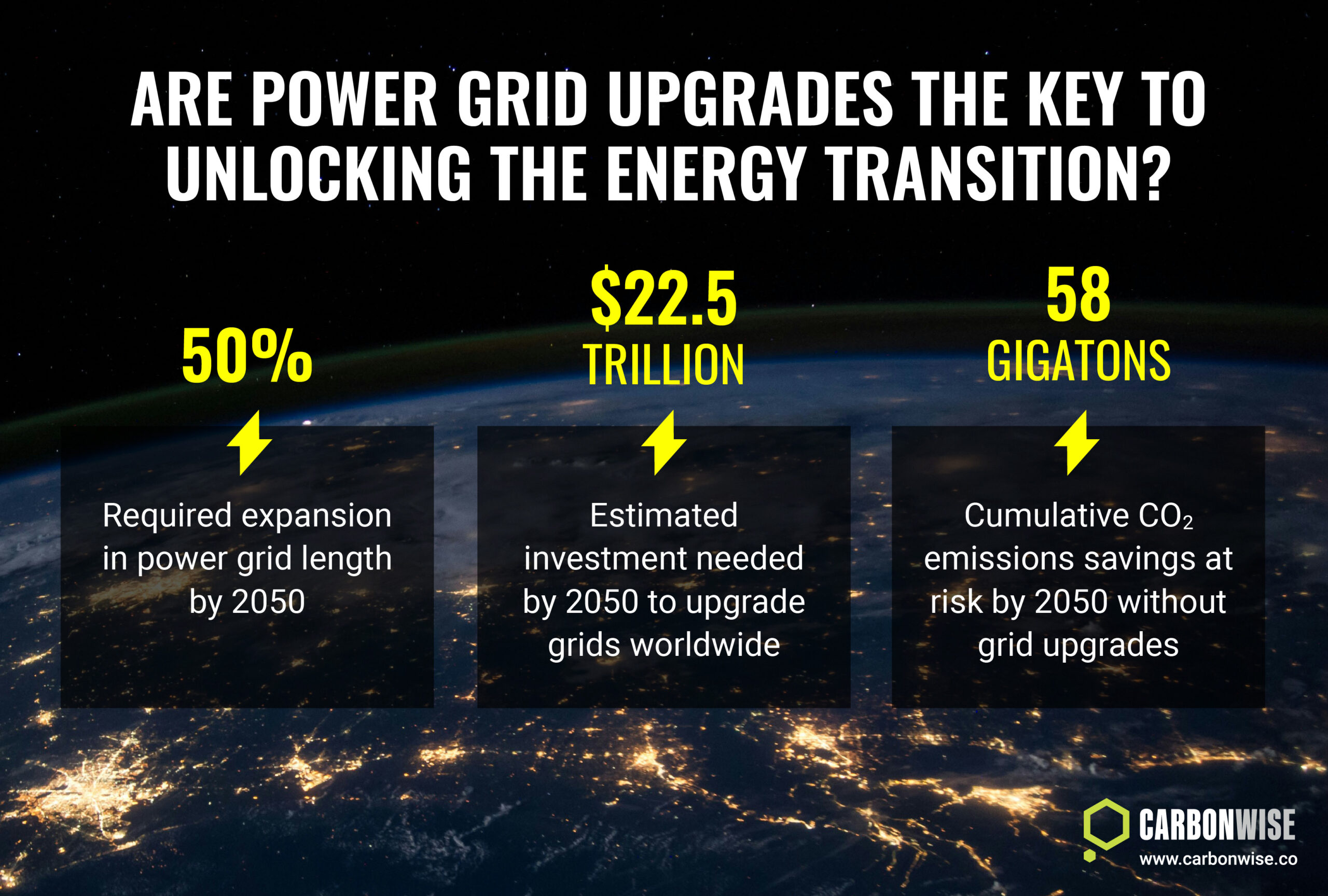Carbon accounting is fast becoming a vital tool for businesses, investors and individuals.
There are various ways to calculate CO2 emissions and an increasing number of companies providing different solutions and technologies. Our senior writer Karen Norton interviewed a few….
· A growing number of SMEs seek to report their footprint.
· Carbon accounting can cost up to tens of thousands of dollars.
· Footprint calculators also cater for individuals and specific activities
Investors and individuals are becoming more demanding in the global quest for net zero emissions. In response, companies increasingly are employing carbon accounting, such as footprint calculators, to demonstrate their sustainable credentials and commitment to decarbonising supply chains.
Larger multinational corporations use management consultancies like McKinsey, Boston Consulting Group, and Bain & Co to measure greenhouse gas (GHG) emissions and devise their decarbonising strategies. (In the UK, large firms are considered those with turnover of £36 million or more, balance sheet assets of £18 million or above, and 250 or more employees.)

Growing number of SMEs seek to report their footprint
Meanwhile, small- and medium-sized enterprises (SMEs) tend to use carbon accounting platforms and software that includes a footprint calculator to help them evaluate, compensate for, and reduce their GHG emissions. A growing number feel compelled to use this service to demonstrate the sustainability of their supply chains to other firms with whom they do business, as well as to potential investors and consumers. As demand grows, so the need for standardisation will become increasingly important.
When carrying out carbon accounting, companies are required to input data such as energy type and usage, employee travel information and fuel used in company vehicles. This information covers Scope 1 (direct emissions) and Scope 2 (emissions from electricity, heat or steam production purchased for company use). Treatment of Scope 3 emissions (from sources that are not owned by the firm) can vary significantly from one accounting platform to another.
Companies offering the service include Net Zero Now, Greenly, and Carbon Maps, the latter of which focuses on the food industry.
Carbon Calculations
Net Zero Now (NZN) has circa 700,000 tonnes of carbon under management and currently caters to nine sectors, spanning construction, hospitality, and hair salons. Clients range from sole traders to SMEs, as well as some larger corporations such as Subway and international law firm Mishcon de Reya, with thousands of employees and offices in multiple countries. Depending on size, costs to use the accounting platform start at £350 a year and can rise to tens of thousands as a firm’s needs grow.
NZN founder Simon Heppner said 2025 feels like a “gateway date,” with many businesses with SMEs in their supply chain setting it as their deadline for footprint reporting. He said they had inserted the date into supplier contracts to align with the Supplier engagement target criteria in the Science Based Targets initiative (SBTi). The latter’s stated aim is to drive “ambitious climate action” in the private sector, setting science-based emissions targets that comply with the Paris Agreement goals.
When using the NZN carbon accounting platform to obtain a CO2 equivalent number, customers drill down to detailed questions related to their Scope 1 and 2 emissions, as well as all the relevant Scope 3 emissions in their value chain, which are dealt with accurately but pragmatically.
Heppner, told Carbonwise that some footprint calculators simply ask very general questions around emissions rendering it impossible to generate accurate numbers. For example, in hospitality, one of the sectors the company services, a firm might be asked to input its annual food expenditure with no further detail. Heppner said this was a “really poor calculation”, providing no visibility of the relative impacts of different food types. His company requires specific information, with line items for beef, by way of illustration, that include the origin, herd and feed type, he added.
After calculating and validating a customer’s emissions, NZN sets reduction targets and provides a list of actions a business could take to achieve these goals. If the company then commits to the targets and completes its footprint on an annual basis, NZN issues a certificate as a trust mark that it is on the path to net zero.
Complementary offerings
Some companies use other methods to assess carbon footprints. For instance, Everimpact uses a real-time carbon monitoring system to help identify emissions and reduction opportunities.
Customers include cities and government bodies. One such example is a project undertaken for the city of Dijon in France. The company used a combination of satellites, sensors, and AI to monitor hotspots, including highway interchanges, to monitor area-based emissions on a real-time, granular basis.
Everimpact found that Dijon’s carbon dioxide emissions measured 1.98 million tonnes, substantially higher than previous estimates that were based on more traditional accounting methods, according to CEO Mathieu Carlier.
Carlier said traditional carbon accounting involves an estimates-based approach founded on non-current data, assumptions, fuel bills, and emissions factors, which requires extensive data crunching. She noted the potential for real-time data to complement these approaches.
The company’s other projects include carbon sequestration monitoring in forests and a first pilot last year on monitoring direct emissions on a ship owned by Japan’s Mitsubishi, using a sensor in the exhaust stack to capture data.
Other companies using satellites and sensors for carbon accounting include Carbon Mapper and Climate TRACE.
Calculators for the individual
Carbon footprint calculators can also help individuals play an important role in assessing and reducing their own impact on the environment by adjusting behaviour, including their energy and fuel usage and method of travel. Examples include the UN Footprint Calculator, Pawprint, and WWF UK. (We will return to this subject in another article.) In some cases, calculators can also be country-specific.
Individuals can also use calculators for particular aspects of their lives such as their personal water footprint, assessing the water used in the manufacture of goods consumed, or their nitrogen footprint, based on factors including food choices, housing and transport.
Some carbon accounting firms offer very specific services for the growing number of people who want to buy goods and services from firms that comply with emissions targets, are transparent, and are ethically run. That includes firms such as Ecosy Travel, which began two years ago as a social enterprise, using Innovate UK grants to develop software for a low-carbon journey planner.
The firm lists sustainable holiday properties, located mainly in the UK, in its travel planner, which enables users to create climate-friendly holiday itineraries using its carbon-optimised journey planning software. “Green travellers face a significant time and resource burden when planning their trips, and our software is designed to make sustainable holiday planning easier,” said founder Rebecca Thompson.
To help individuals make informed choices, the firm’s most recent Innovate UK grant award supports work to develop a tailored emissions calculator for holiday properties, employing the Hotel Carbon Measurement Initiative (HCMI) methodology, which is designed to help hotels assess their carbon footprint and benchmark their emissions against other properties.
“There is a real trend towards green travel”, Thompson added.








